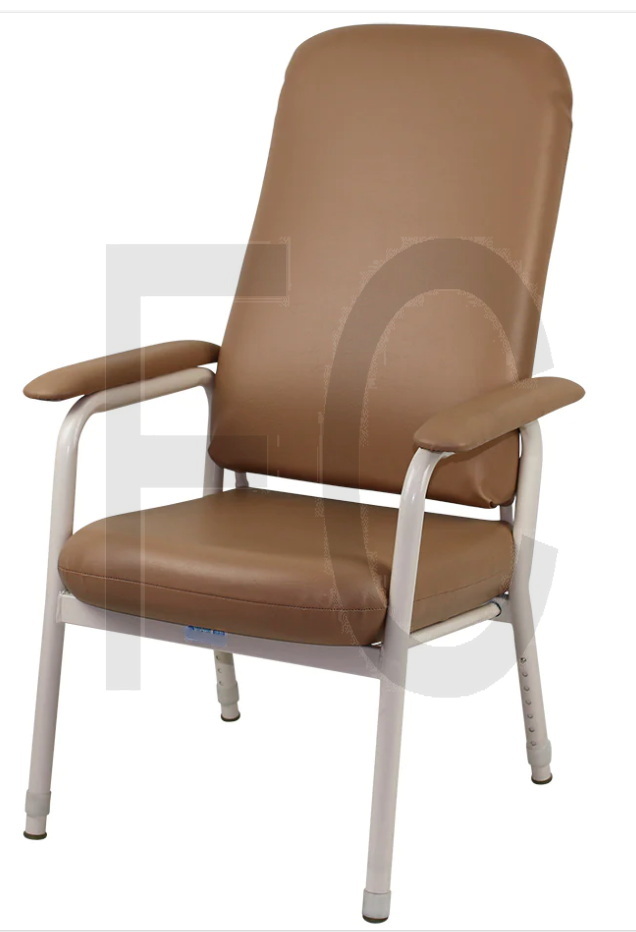When furnishing a commercial hospitality space, attention to detail and functionality are paramount. Whether it’s a hotel, restaurant, bar, or café, the furnishings play a crucial role in shaping the overall ambience and guest experience. In this comprehensive guide, we’ll explore everything you need about commercial hospitality furnishing, from selecting the right furniture pieces to creating a cohesive design scheme that aligns with your brand identity and enhances customer satisfaction.
1. Understand Your Brand and Target Audience
Before diving into furnishing decisions regarding commercial hospitality furniture, it’s essential to have a clear understanding of your brand identity and target audience. Consider the style, theme, and atmosphere you want to create in your hospitality space and how it aligns with the preferences and expectations of your guests. Whether aiming for a luxurious and upscale vibe or a casual and laid-back ambiance, your furnishings should reflect and reinforce your brand image.
2. Choose Functional and Durable Furniture
In a commercial hospitality setting, furniture must look aesthetically pleasing and be functional, comfortable, and durable enough to withstand heavy use. Opt for high-quality materials that are easy to clean and maintain, such as commercial-grade fabrics, leather, wood, or metal. Consider the ergonomics of seating options to ensure guest comfort during prolonged periods of use.
3. Select Appropriate Seating and Tables
Seating and tables are the focal points of any hospitality space and can significantly impact the guest experience. Choose seating options that cater to different preferences and occasions, including dining chairs, bar stools, lounge chairs, and banquettes. Similarly, select tables of various sizes and shapes to accommodate different groups and seating arrangements. Especially for outdoor furniture for commercial settings, consider your space’s layout traffic flow, and environmental factors when arranging seating and tables for optimal functionality and aesthetics.
4. Pay Attention to Lighting and Accessories
Lighting and accessories play a crucial role in enhancing the ambiance and mood of a hospitality space. Incorporate a mix of ambient, task, and accent lighting to create layers of illumination that can be adjusted according to the time of day and desired atmosphere. Additionally, choose accessories such as artwork, rugs, cushions, and decorative accents that complement your design theme and add personality to the space.
5. Prioritise Comfort and Accessibility
Guest comfort and accessibility should be top priorities when furnishing a commercial hospitality space. Ensure that seating options provide adequate support and cushioning for prolonged sitting, and consider incorporating features such as armrests and footrests for added comfort. Additionally, ensure that your furniture layout allows for easy navigation and accessibility for guests with mobility issues or disabilities.
6. Plan for Flexibility and Adaptability
In today’s rapidly changing hospitality landscape, flexibility and adaptability are key considerations when furnishing commercial spaces. Opt for modular furniture pieces that can be easily reconfigured to accommodate different events, group sizes, and guest preferences. Choose furnishings that can withstand evolving design trends and remain relevant and appealing for years.
Conclusion
In conclusion, furnishing a commercial hospitality space requires careful consideration of factors such as brand identity, functionality, durability, comfort, and sustainability. Following this comprehensive guide and making informed furnishing decisions can create a welcoming and inviting environment that enhances the guest experience, strengthens your brand identity, and drives customer loyalty and satisfaction.


